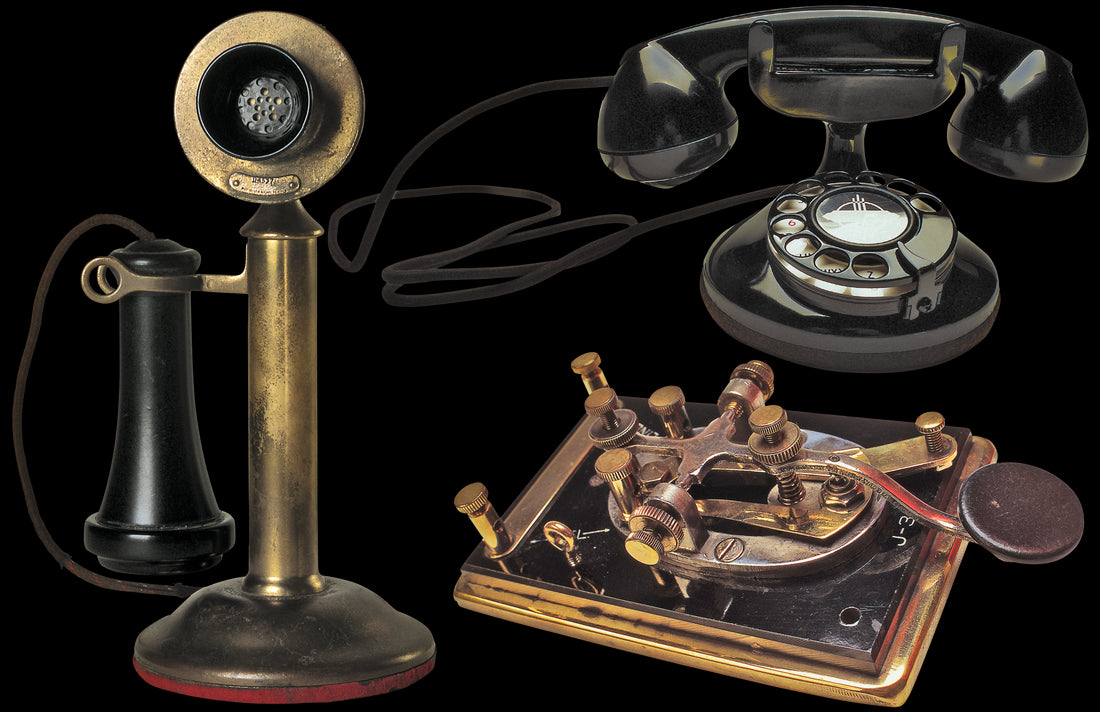
How to Read Morse Code: A Quick Morse Code Guide
Nowadays, there are so many ways to communicate with someone. You could send an email, a text, or a Facebook message. You could even use Google Hangouts, Skype, or FaceTime.
The trouble is, all of those methods rely on the internet. What if you just want to send little messages to loved ones or be reminded of your values or faith in a discrete yet sweet way?
Luckily, Morse code can help. It's a unique language in and of itself.
Keep reading to learn how to read Morse code, why it was invented, and how it can be useful in your own life.
What is Morse Code?
Morse code is a system that uses dots (dits), dashes (dahs), and spaces to communicate messages. Each letter of the alphabet and numbers one through nine have a corresponding code of dashes and dots.
You can use Morse code to spell out complete words and sentences. You can also use it to share codes like SOS, the universal distress signal. It is one of the most famous codes in this system.
Why Was it Invented?
In the 1830s, Samuel F.B. Morse created the code before inventing the electric telegraph and sending the first message in 1844. He invented Morse code so operators would be able to translate telegraph dots and dashes into English messages.
Telegraphs and Morse code allowed people around the world to send messages faster than ever before. People didn't have to wait weeks for a letter anymore. They could get a message within hours or even a few minutes.
While phone lines and the internet have since replaced the telegraph, those innovations wouldn't exist without the telegraph. Plus, several branches of the military including the Coast Guard and the Navy still use Morse code today.
How to Read Morse Code: The Fundamentals
Before you start learning or listening to Morse code, it's helpful to see a reference sheet. It helps you notice patterns.
When you listen to the code, the dots (which are also called dits) are short sounds, and the dashes (or dahs) are long tones. Dashes are three times the length of dots.
Just remember, this code takes time to learn. Like any language, you'll need to listen to it and study a chart to understand it.
Morse Code Reference Sheet
In the early days, there were two different codes: American and Continental. In 1912, experts created the International Morse code so people from the U.S. and Europe could communicate.
Since International Morse code is most common today, that's the version included below.
The Alphabet
A •—
B —•••
C —•—•
D —••
E •
F ••—•
G ——•
H ••••
I ••
J •———
K —•—
L •—••
M ——
N —•
O ———
P •——•
Q ——•—
R •—•
S •••
T -
U ••—
V •••—
W •——
X —••—
Y —•——
Z ——••
Numbers
1 •————
2 ••———
3 •••——
4 ••••—
5 •••••
6 —••••
7 ——•••
8 ———••
9 ————•
0 —————
Start Your Morse Code Adventure Today
Knowing how to read morse code can help you feel more secure without relying on the internet. Plus, it's fun to have an alternative way to communicate.
Keep your faith and spirituality secure with our new Morse Code Bracelets available here
1 comment
Wow! I wrote down the codes. I am 80 and it will take a longtime to learn, if ever. I bought a bracelet so it inspired me to learn Morse code. Praying for the girl who made it. TY